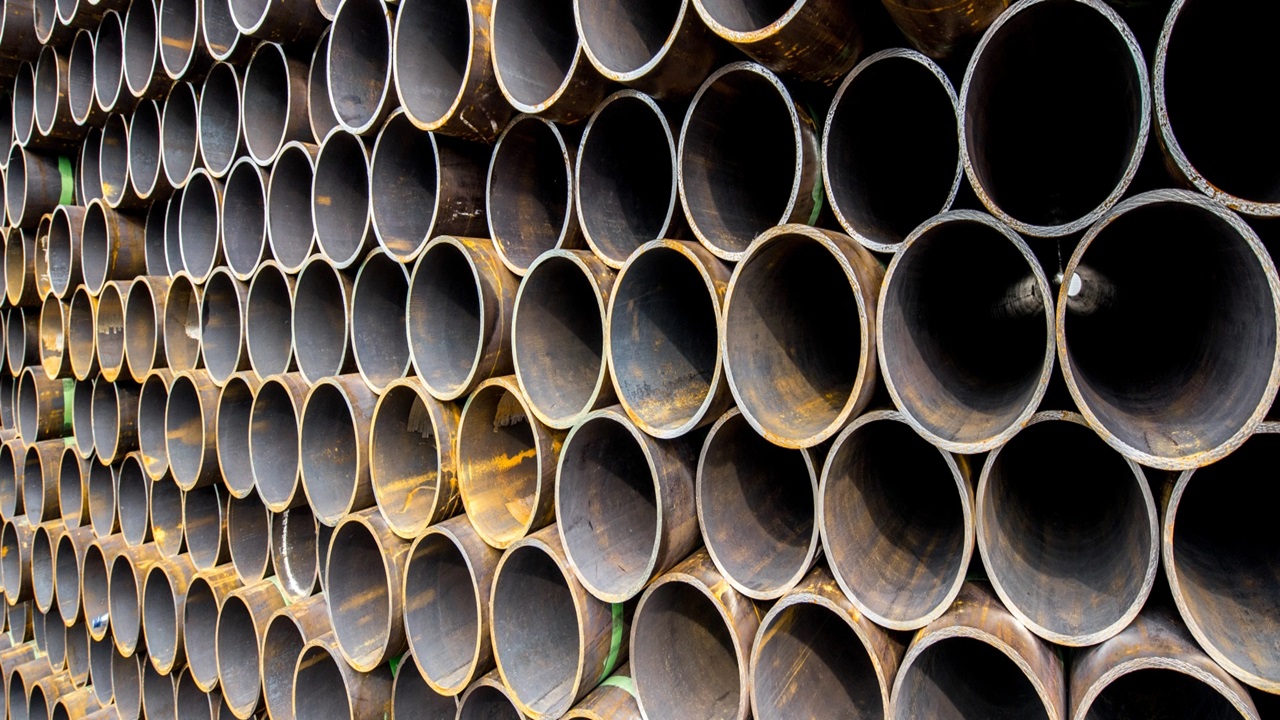ASTM A135 Pipes in the Oil and Gas Industry
In the vast and intricate network of the oil and gas industry, the choice of materials for pipelines is a critical factor that directly influences the reliability and efficiency of energy transportation. Among the various options, ASTM A135 pipes stand out as a key player in this dynamic sector. This article explores the applications, advantages, and significance of ASTM A135 pipes in the oil and gas industry, showcasing their role in ensuring the seamless flow of energy resources. For a deeper dive into the applications and advantages of ASTM A135 pipes in the oil and gas industry, visit page.
The Versatility of ASTM A135 Pipes in Energy Transportation
ASTM A135 sets the standard for electric resistance welded pipes, specifically designed for seamless and welded carbon steel pipes. The electric resistance welding process ensures a robust bond, making these pipes ideal for various applications, including those in the demanding oil and gas sector.
Applications Beyond Conventional Pipelines
While ASTM A135 pipes have applications in various industries, their versatility shines in oil and gas. These pipes are adept at transporting crude oil, natural gas, and refined petroleum products, showcasing their adaptability in different segments of the energy supply chain.
ASTM A135 Pipes in Upstream Operations
Drilling and Well Operations
In upstream operations, where exploration and extraction occur, ASTM A135 pipes play a crucial role in drilling activities. These pipes, with their strength and durability, are employed in good operations, providing a reliable conduit for the extraction of crude oil and natural gas from the earth’s depths.
Transporting Hydrocarbons from Wells to Processing Facilities
Once extracted, hydrocarbons need to be transported efficiently from wellheads to processing facilities. ASTM A135 pipes facilitate this transportation, ensuring the seamless flow of crude oil and natural gas from the extraction sites to the next stages of the oil and gas production process.
Midstream Applications: Pipeline Transportation
Pipeline Networks for Efficient Transportation
In the midstream sector, which involves oil and gas transportation over long distances, ASTM A135 pipes are integral components of pipeline networks. These pipes provide the necessary strength and durability to withstand the pressures and environmental conditions associated with the efficient transportation of energy resources.
Connection Points and Distribution Hubs
At various connection points and distribution hubs in the midstream operations, ASTM A135 pipes are employed to ensure a reliable and secure flow of energy resources. Their adaptability makes them suitable for connecting different pipeline network segments, contributing to midstream operations’ overall efficiency.
Downstream Applications: Refining and Distribution
Refining Processes in Petroleum Facilities
Downstream operations involve refining crude oil into various petroleum products. ASTM A135 pipes are used in the refining processes, transporting different components through the intricate network of pipelines within petroleum facilities. Their corrosion resistance and durability make them suitable for the demanding conditions of refining operations.
Distribution of Refined Products
Once refined, petroleum products need to be distributed to end-users. ASTM A135 pipes play a role in the distribution phase, ensuring a reliable and efficient transportation system for delivering products such as gasoline, diesel, and other refined fuels to various distribution points and ultimately to consumers.
Conclusion
In conclusion, ASTM A135 pipes are essential components in the oil and gas industry, facilitating the seamless flow of energy resources from upstream operations to downstream distribution. Their versatility, strength, and adaptability make them a preferred choice in various applications, ensuring the reliability and efficiency of energy transportation networks.

Don
Don is a writer, editor, and content strategist who helps businesses communicate their messages clearly and effectively. With more than 10 years of experience in the publishing industry, Don has a deep understanding of what makes good content great. He is an expert at developing and executing content marketing plans, and his work has been featured in leading publications such as Forbes, Entrepreneur, and The Huffington Post. When he's not writing or editing, Don enjoys spending time with his wife and two young children.